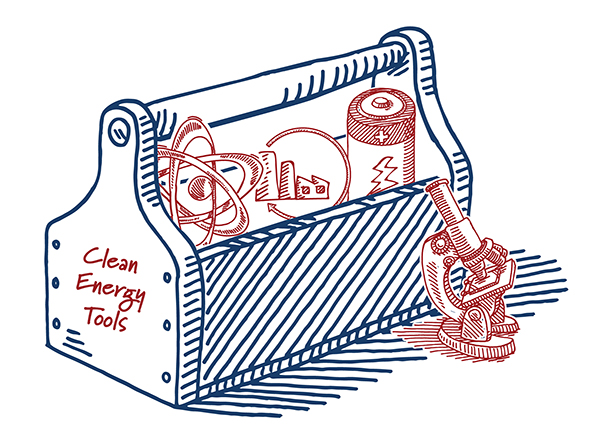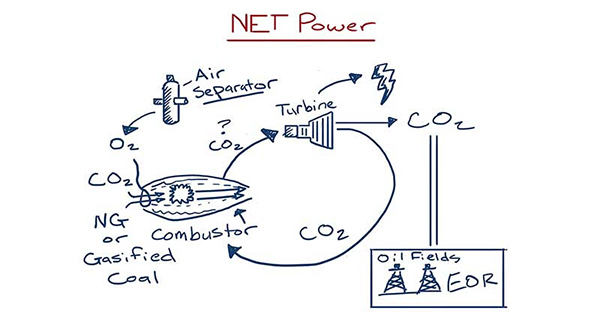
A CLEAN ENERGY STRATEGY FOR DIVIDED GOVERNMENT
As you know, ClearPath’s clean power agenda is to advance carbon capture, next-generation nuclear, energy storage, hydropower and natural gas via technology-based innovation rather than more top-down regulation.
Our policies and legislative successes under unified federal GOP government have depended on broad bipartisan support. That’s how government should work and it will be even more imperative under this divided Congress – and should be just as attainable.
To tackle a topic as massively important as carbon emissions reductions, it’ll take an apolitical agenda built on pushing clean energy technologies around the world and any impractically hasty move toward an all-renewable power strategy here in the U.S. won’t change the global emissions equation.
We need better tools – technologies that scale faster, perform better and are cheaper than the alternatives so that the rapidly developing world chooses them instead of higher-emitting options.
That means continuing to focus on demonstrating and commercializing U.S. clean energy technologies for use here and abroad – everything from NETPower’s revolutionary Allam Cycle carbon capture technology, going beyond lithium ion batteries to small modular nuclear and microreactor efforts from NuScale Power and others.

To put in baseball terms – we hit singles, doubles and even a triple or two toward addressing climate and a cleaner economy just this past Congress. We’re getting on base and scoring runs now.
Congress and the Trump administration can work together to deliver a series of bipartisan clean energy and climate base hits in the next two years.
What do some of these base hits look like?
1. Keep the good times rolling on smart investments – the last Congress enacted two impactful budget deals that prioritized R&D and other investments across the clean energy portfolio and that specifically drive the innovation engine toward key technological breakthroughs.

2. Build on bipartisan legislation last Congress that would institute moonshot goals for storage and next-generation nuclear to also include a bipartisan priority refresh at the Department of Energy’s fossil energy office.
3. Targeted federal early-stage tech R&D through engineering and design to pilots and demonstrations – then hand it off to the private sector.
4. Enhance public-private partnership – the federal government can’t do it alone. Partner with the private sector to drive R&D towards technologies with a commercialization pathway.
5. Enact a new technology-neutral credit aimed at incentivizing a greater mix of next-generation energy technologies in the tax code. The Energy Sector Innovation Credit Act introduced late last Congress by Rep. Tom Reed (R-N.Y.), for instance, would benefit new and innovative energy technologies, while scaling down as production scales up.

6. Find paths forward also on the Senate’s Nuclear Energy Leadership Act, a much-needed and broadly-backed blueprint for advanced nuclear, and the USE IT Act, a sequel to the 45Q fix which would support carbon capture technologies through public-private partnerships, carbon dioxide pipeline and other infrastructure improvements and R&D.
Last Congress was the most productive clean energy policymaking session in a decade. Let’s keep that strong, solutions-oriented work going forward with more work on the huge areas where the parties are in agreement. That’s bipartisan. That’s apolitical. That can work.
|